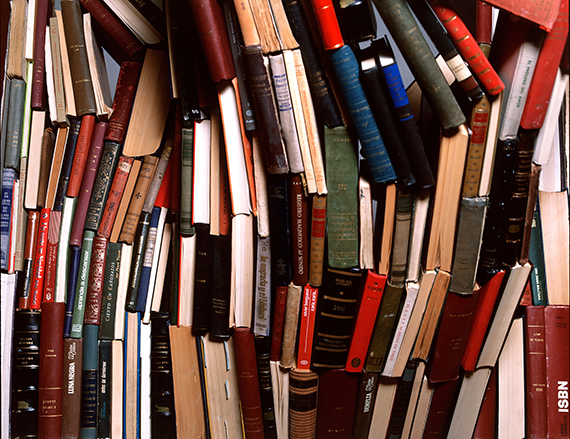
Alicia Martín »
Dissonance
PHotoEspaña 2020
Exhibition: 15 Oct 2020 – 10 Jan 2021
Museo del Romanticismo
San Mateo 13
28004 Madrid
+34 91-4 481 045
informacion.romanticismo@mecd.es
museoromanticismo.mcu.es/
Tue-Sat 9:30-20:30, Sun 10-15
Alicia Martín is a multidisciplinary artist who works with sculpture, photography, video, installation and drawing. The area in which she has worked the most is specific interventions with books, which have garnered her widespread acclaim both in Spain and abroad. In the past ten years, she has shown her works at institutions and fairs like ARCO, Le Creux de L'Enfer, Casa de América, Museo Lázaro Galdiano, Museo delle Arti di Catanzaro, Museo Meermanno Den Haag, Fondazione Musica per Roma and Librerías Gandhi in Mexico City, among others.
The project she is now unveiling poses a series of dissonances, a series of tensions or cacophonies of conflicting ideas, beliefs and emotions within the context of Spanish Romanticism. At its core, this project is an attempt to rethink the 19th century and the consequences of certain actions, laws and ideas developed during that period. It does so by reinterpreting written rules, such as Luis Lamas y Varela’s Manual de todas las asignaturas que constituyen la Facultad de Derecho [Handbook of All Courses Taught at the School of Law], published in 1868, as well as the essays The Inequality of the Human Races, penned in 1853–1855 by French author Joseph Arthur de Gobineau—considered the founding work of racist philosophy—and The Equality of the Human Races, published in 1885 by Haitian anthropologist, journalist and politician Anténor Firmin as a rebuttal of that earlier text. The artist’s rereading of the 19th century is presented through sculptures, video and photographs, where the images from the “Anthropological and Ethnological Album in Photographs” by Carl Dammann, printed in Hamburg in 1873–1874, supply the dissonant notes. This album offers a stereotypical image of the inhabitants of foreign lands like India, South Africa, New Guinea and Polynesia, reflecting the interest in and curiosity about other cultures stimulated by the invention of photography in 1839.
Through these elements, Martín reflects on the laws applied at a crucial time in the history of Spanish revolutions; on the book as a metaphor of the social change that happens between one political, ideological, cultural movement and the next; and on the projected view of this ‘other reality’, the ‘exotic’, which represents backwardness and savagery compared to modernity.